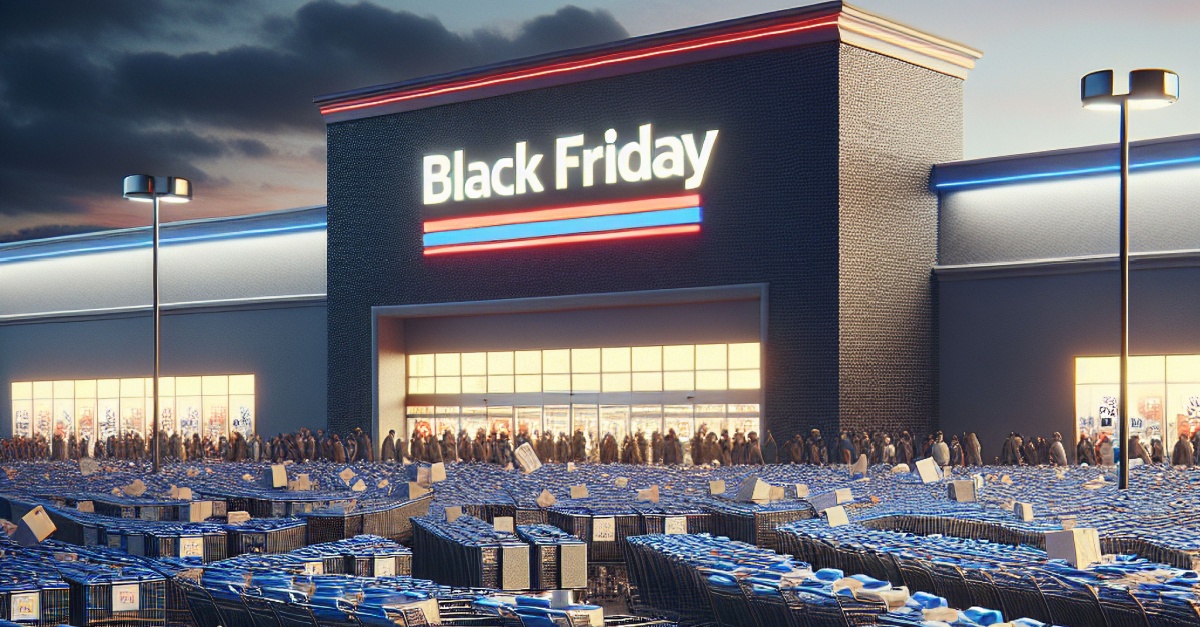
Communication Strategies to Streamline Facilities Maintenance
October 9, 2024
Facilities maintenance is complex enough without a lack of communication making it impossible. It takes a team with defined roles constantly communicating with one another to keep an operation efficient and to solve problems before they become disasters for a business. Repairs can be delayed, emergencies can be exacerbated, and company morale can be shattered by miscommunications or a lack of communication altogether. The best companies are always looking for ways to get better, and these five communication strategies will give a competitive edge by helping coordination, issue resolution, and overall efficiency. The tools and tactics to inspire your team to help one another become their best selves are out there; it’s time to put them into action.
Five Communication Strategies to Streamline Facilities Maintenance
The best communication strategies are built on transparency, data insights, and openly communicated goals and concerns. With communication tools and equipment tracking technology being the best it’s ever been, leveraging both is paramount in keeping the lines of communication open and full of information the second it’s needed.
1. Establish Clear Communication Channels
No facilities maintenance strategy can succeed without clear communication channels that foster collaboration and transparency. That’s why it’s crucial to implement structured communication tools such as Slack, Microsoft Teams, or dedicated software such as Computerized Maintenance Management Systems (CMMS). If an HVAC system unexpectedly breaks down, the CMMS can instantly alert technicians through these communication platforms, allowing real-time coordination with management. This ensures that repairs are completed efficiently while keeping everyone updated, thus minimizing downtime.
By centralizing communication, confusion and miscommunication in facility maintenance are reduced, accelerating information flow while minimizing delays in completing tasks. The right communication tools have been shown to cut the time it takes to process work orders in half, improving decision-making and response times. Additionally, having a documented communication history ensures accountability, helping identify the source of any issues.
Whether you’re using Slack, Microsoft Teams, or facility-specific programs, they should be integrated with a CMMS for seamless task management. Using specific channels or alert priorities for emergency and routine maintenance helps define communication protocols. None of this matters without proper training in how to use these platforms effectively, so their response time becomes almost instinctive. Training should also include categorizing issues based on priority, setting up clear escalation pathways, and defining the steps and chains of command for handling high-priority tasks swiftly and efficiently.
2. Leverage Real-Time Data and Technology
Time is the most valuable asset in facility maintenance, and clear communication can only go so far without the use of technology like IoT sensors, mobile apps, and real-time data platforms. These tools enable predictive and preventive maintenance by identifying problems shortly after they arise–or even before they happen. IoT sensors monitor everything from equipment health to facility air quality, triggering instant alerts when abnormalities are detected.
For the best results, IoT and real-time monitoring systems should be integrated by connecting sensors to a central platform that collects and analyzes equipment data and integrates with the CMMS. This allows the automatic generation of maintenance tasks or alerts based on sensor data, giving you peace of mind that issues won’t be overlooked. Equipping teams with mobile devices or apps enables them to receive updates, view schedules instantly, and communicate in real time, ensuring rapid response and improved coordination.
Predictive maintenance, combining CMMS and IoT sensors, has been shown to reduce facilities maintenance costs by up to 40% by extending equipment lifespans and minimizing maintenance activities. To streamline everything, data-driven dashboards are essential, as they offer real-time visibility into maintenance activities, enabling informed decision-making and task prioritization. Once you implement automated alerts for critical issues to ensure prompt responses, reduce downtime, and enhance overall efficiency, your facilities maintenance will reach its potential.
3. Encourage Two-Way Feedback Between Management and Maintenance Teams
When everyone’s opinion is valued in facilities maintenance, team members don’t second-guess their roles, building a culture of trust and collaboration. Promoting open dialogue between management and maintenance teams is essential for boosting morale and job satisfaction. It allows team members to feel heard and proud of their work, enhancing their engagement. Kobe Bryant wouldn’t have won his final two championships without trusting his teammates’ opinions and demonstrating trust by letting them flourish in their roles during times that were critical to the team’s success.
Open dialogue provides management with valuable on-the-ground insights, like detecting unusual equipment noises or water leaks. These firsthand observations complement IoT sensor data, helping address potential problems early. Regular check-ins and feedback meetings between management and maintenance teams are key to maintaining this communication, as they allow for discussions on tasks and concerns. Debriefs after major tasks help evaluate successes and identify areas for improvement.
Dedicated communication channels should be used to share insights and suggestions. Implementing a feedback loop system ensures transparency and accountability by promoting timely feedback collection, concern resolution, and continuous improvement in facilities maintenance. This approach fosters collaboration and efficiency across the team.
4. Set Clear Goals and Expectations for Each Task
Ambiguity is the mother of chaos. Therefore, everyone working in facilities maintenance should know their exact role, the company’s overall goals, and how their tasks are helping achieve those objectives. Specific roles, timelines, and goals for each facility maintenance task must be defined. When each task has clearly defined objectives and aligned to roles, every team member knows exactly what is expected of them. This will ensure the right personnel handle tasks according to their expertise. You can also better track who’s doing which tasks, improving accountability, efficiency, and the quality of work performed.
One of the best ways to keep everyone aligned on their tasks and goals is to include detailed instructions outlining the task, the tools or resources required, and a precise deadline in the work order. Another key component to facility maintenance success is assigning specific roles to individuals or teams for each task to make it easier to track who is responsible for what, allowing for better coordination and follow-through. This method also helps prevent tasks from being overlooked or duplicated, resulting in smoother workflows and a more organized maintenance process.
It’s best to use task management tools to track progress and completion. These tools provide visibility into task status, streamline prioritization, and maintain deadlines. Clear instructions within the tools help team members understand their roles, leading to consistent task execution, minimized errors, and efficient collaboration in facilities maintenance.
5. Develop Crisis Communication Protocols
It’s not easy to stay calm and focused during a crisis. Emergencies can become travesties if confusion replaces preparation, which makes establishing communication protocols for emergencies or unexpected facility issues vital. Clear communication is essential to prevent delays, misunderstandings, or disorganized responses that could worsen the situation. Protocols guide the team on what actions to take, who to contact, and how to prioritize tasks, helping them stay focused, reduce confusion, and manage the situation efficiently.
A well-developed crisis communication plan defines roles, responsibilities, and escalation procedures. The plan should specify who assesses the damage, who communicates with external contractors or authorities, and how to escalate the issue if it cannot be immediately resolved. Determining roles is essential in emergencies.
Your messaging apps and emergency notification systems are needed the most during emergencies. These tools enable instant alerts to be sent to the team, so everyone is informed immediately. Updates and critical information can be shared in real time, allowing for a coordinated, adaptive response that reduces downtime, mitigates risks, and helps resolve the emergency more effectively.
To ensure emergencies don’t overwhelm you or your team, regularly train them on emergency communication protocols and conduct drills. Training familiarizes people with what they are specifically tasked to do, and drills test the effectiveness of these protocols, helping your team tinker with them to reduce any gaps in response time and communication when faced with an emergency. Stay ready so you never have to get ready because hesitation in execution could turn facility maintenance into a nightmare.
Communication Is the Key Brandpoint Services Can Provide
Facilities maintenance is often a team effort requiring people to be more than skillful — they need to be communicative. Poor communication can cause costly delays, equipment breakdowns, and an inability to effectively respond to emergencies. Teams should be connected through structured communication channels like Slack and CMMS to foster transparency and collaboration while also leveraging real-time data insights on facilities generated from a network of IoT sensors and devices. When open dialogue is promoted between all levels of the organization, deadlines and responsibilities for tasks are clearly defined and communicated, and people have been trained on how to operate even under unexpected circumstances, it’s hard for facility maintenance to fail.
A one-stop facilities maintenance shop like BrandPoint Services wouldn’t be in business for over 20 years if communication wasn’t paramount in every service we provide. Our BrandPoint Field app allows technicians to view work orders and submit photos about maintenance status for real-time transparency whether we’re providing emergency services for HVAC systems and disaster preparedness or offering handyman services and grease trap cleaning to prevent issues from arising. Our operations are also integrated with the latest technology like IoT sensors and CMMS, enabling us to improve efficiency, optimize facility operations, and give you the peace of mind of knowing everything in your facility is constantly being monitored and serviced.
For those looking to streamline their facility maintenance while also being informed of what’s happening every step of the way, connect with BrandPoint Services today. You’ll gain the confidence in success that only comes from open communication and great work.






